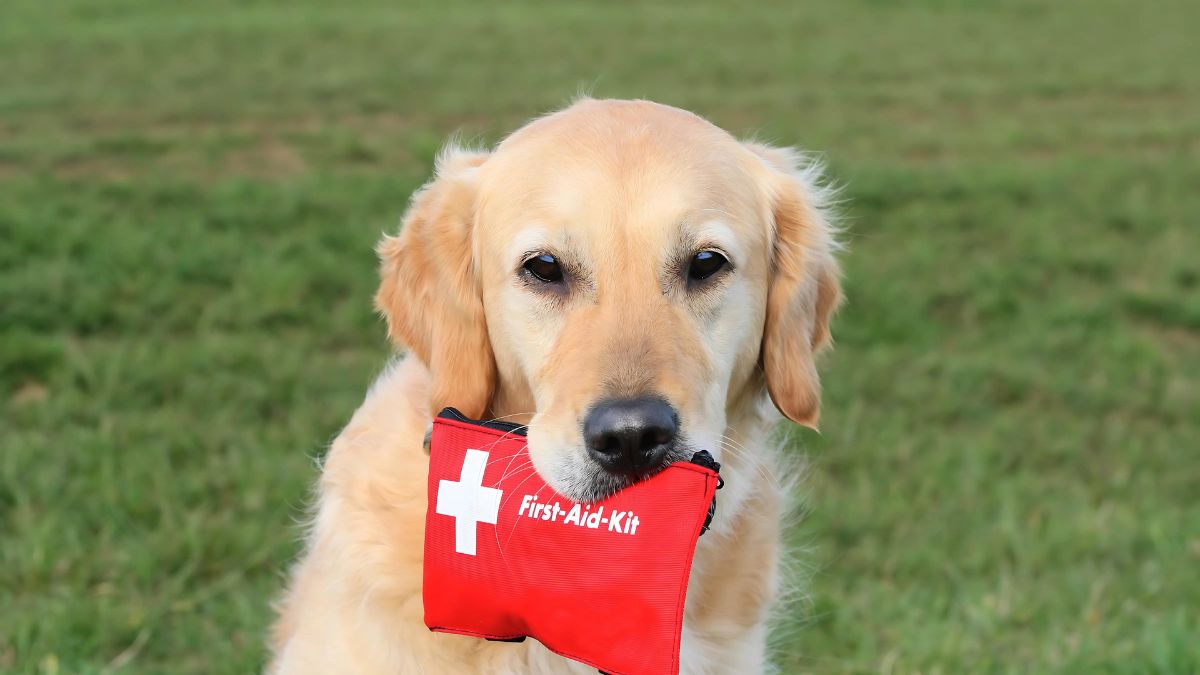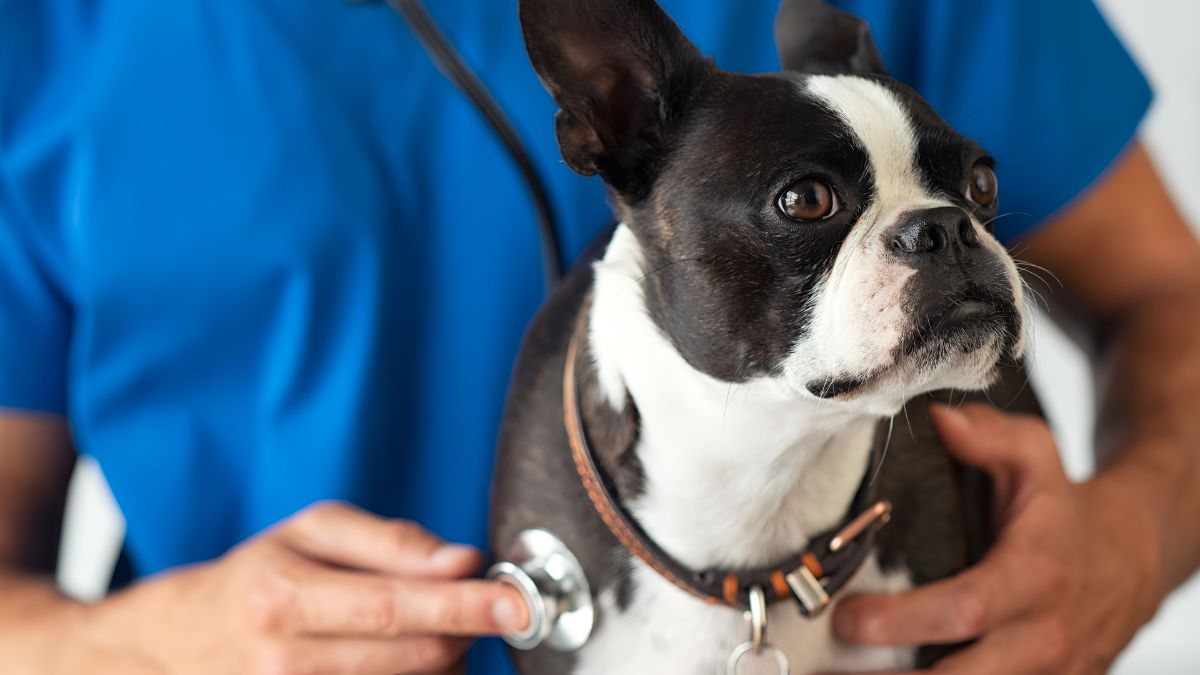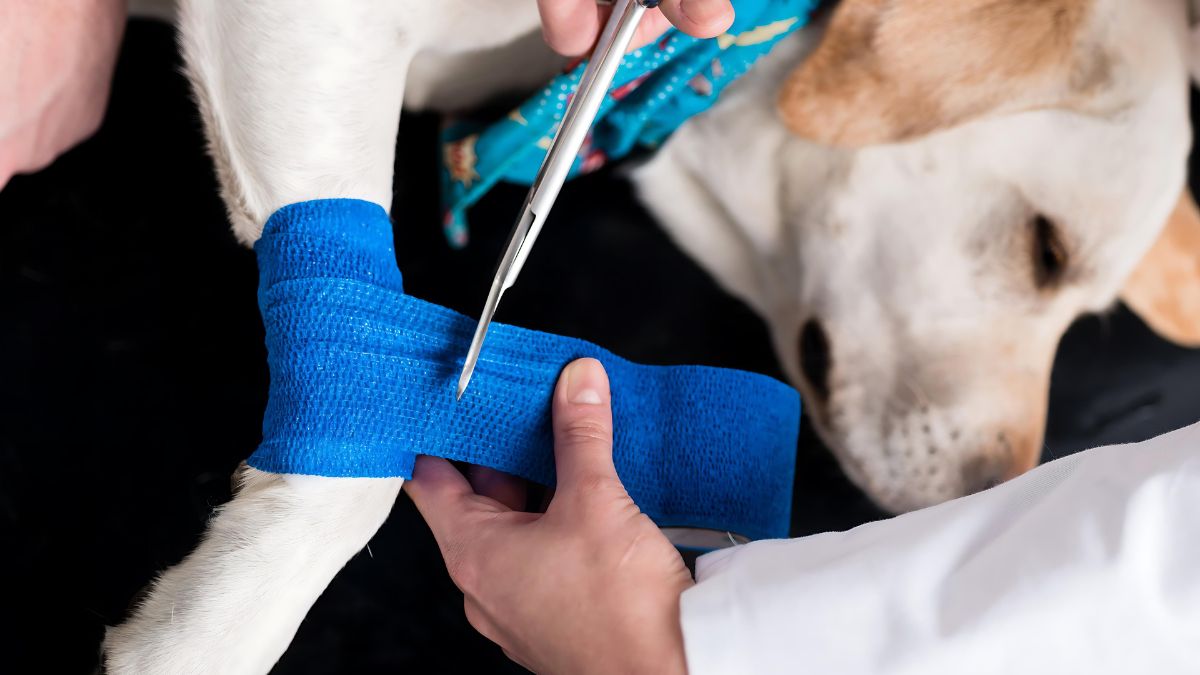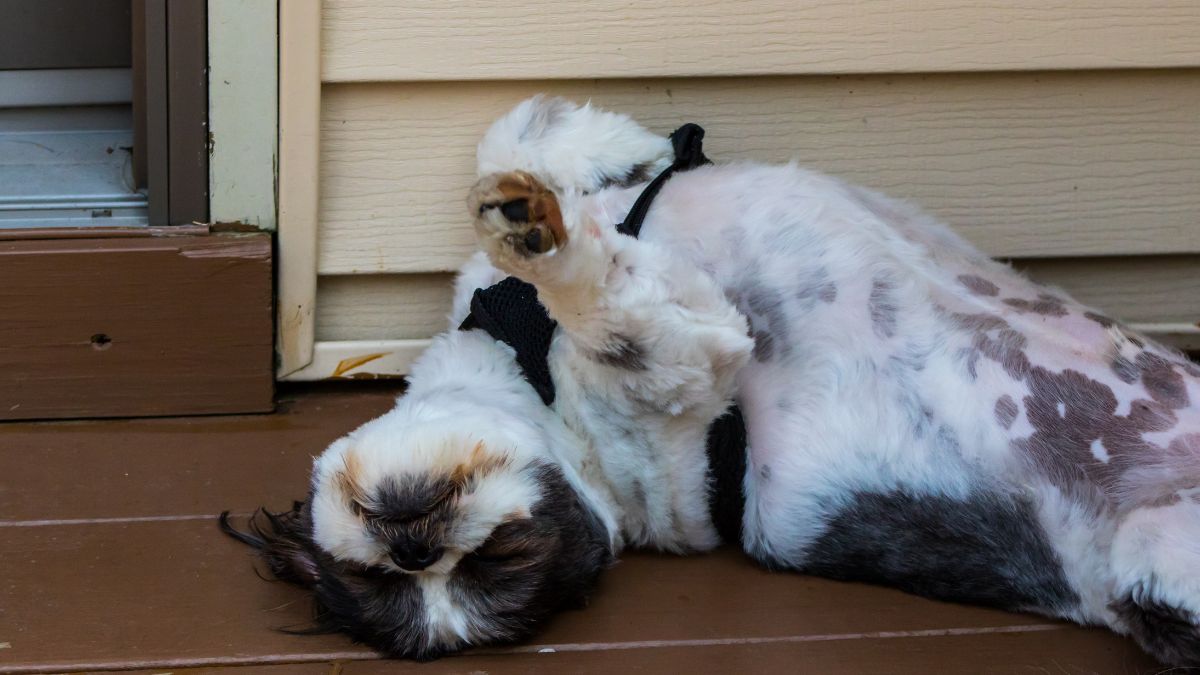Being equipped with the knowledge on how to give first aid to your dog is a must for every dog owner. We know what troubles our canine companions can get into, but sometimes, even under supervision, they still get into emergencies. In this listicle, we will review some of the scenarios our dogs can get into and how to act when they hurt themselves. Without further delay, let’s start.
10. Basic First Aid
Having a well-stocked first aid kit that’s accessible to anyone at home or when you travel is great when you have a dog under your care. This will help you or any guardian bind your dog’s broken limbs, disinfect wounds, and give medicine if needed.
The essentials when assembling your first aid kit are bandages, tweezers, antiseptics, wipes, gauze, scissors, cotton balls, and your vet’s name, contact number, and clinic address.
9. Recognizing Vital Signs
Knowing your dog’s baseline vitals is important for their safety and health. If you remember what is normal for them, it can help you assess if there’s something wrong with them when they show signs of distress and could also save their lives in an emergency. By knowing this information, you’ll know when he needs to go to the vet or when to look for medical attention.
Normal Body Temperature: 38 to 39.2 degrees C (100.4 to 102.56 degrees F)
Normal Heart Rate: 60 to 140 Beats per minute
8. Handling Common Injuries
Learning how to stop wounds from bleeding or how to wrap fractured limbs can be vital during emergencies. Sometimes, you have to give your dog some first-aid treatment before rushing to the vet, depending on how severe his injuries are. This will ensure he is stable and in no discomfort as you travel to the hospital or clinic.
7. Wound Care And Bleeding
When your dog gets a deep cut or is bleeding from a bite, you can clean his injuries with soap and warm water and apply antiseptic to avoid infections. Then, apply pressure above the wound for 5 minutes, and cover it with a gauze pad. If the bleeding doesn’t stop or if he has deep wounds or punctures, go to the vet immediately.
6. Heatstroke And Hypothermia
Extreme temperatures can be dangerous to your dog, and recognizing signs of heatstroke or hypothermia will let you know how to act when it happens.
For Heatstroke: Your dog will show signs of excessive panting, weakness, and extreme thirst. Immediately place your dog indoors or in a shaded area and give him water to lower his temperature. You can also point a fan or air conditioning towards him to help with the heat.
For Hypothermia: Your pet will display signs of lethargy and shivering. When this happens, place him in a warm, dry place and rub a towel to dry his fur. Then, wrap a blanket around him to raise his temperature to normal.
Once you have given your pet what he needs, go to the vet immediately to get assessed or get medical help.
5. Burns
There are certain emergencies that we avoid at all costs because of the severity of injuries and damages we fear might happen, and one of those is burns. If, for whatever reason, your dog suffers from burning, pour clean running water on the wound for 10 minutes, then cover it with dry, clean gauze. Then, proceed to the vet to have the burns checked and get medicine.
RELATED: Dangerous Dog Behavior You Should Never Ignore
4. CPR And Rescue Breathing
Another scary scenario that we shudder to even think of is our canine companion drowning or ceasing to breathe. When that happens, we need to give them CPR and Rescue Breathing. CPR involves chest compression, while Rescue Breathing involves providing oxygen to an unconscious dog.
3. Choking Hazards and Heimlich Maneuver
We all know dogs tend to put things in their mouths as a way to explore. However, that doesn’t make it any less dangerous. If your dog chokes on small objects, you might need to do the Heimlich Maneuver. This involves compressing your dog’s lower chest area to pump out the blockage.
2. Handling Seizures
Another scary scenario that we all don’t want our dog to experience is seizures. Seizures are a sign that something is wrong with your dog internally, and we can’t immediately tell what it is. It might be a parasite, a blood infection, a stroke, or a grave illness that your dog might be suffering from.
If a seizure occurs, keep calm and keep your dog away from stairs or any surface from which he might fall. If he is on the floor, stay away from his mouth and take away any heavy furniture or objects that might topple over and hit him while he is having the seizure. Note the duration and details when you visit the vet.
RELATED: 15 Fatal Dog Training Mistakes You Might Be Making
1. Poisoning And Toxin Awareness
Our dogs will eat anything if it’s within their reach, and sometimes they ingest something that they’re not supposed to. When that happens, do not wait for anything else. Just proceed to the vet and tell him what substance your pet has swallowed. It’s also a good idea to bring pieces of what he has eaten and the packaging or label. This will tell the doctor what components are harmful and what medicine to give to counter the harmful effects of the toxin.
From The Club
There are certain bad situations we avoid at all costs because they involve our pets getting hurt. However, when they do happen, it is important to stay calm. By having these skills you will be prepared to deal with most of the emergencies your dog might face. It is important to observe your dog and know when to act in order to give him a safe and long life.










